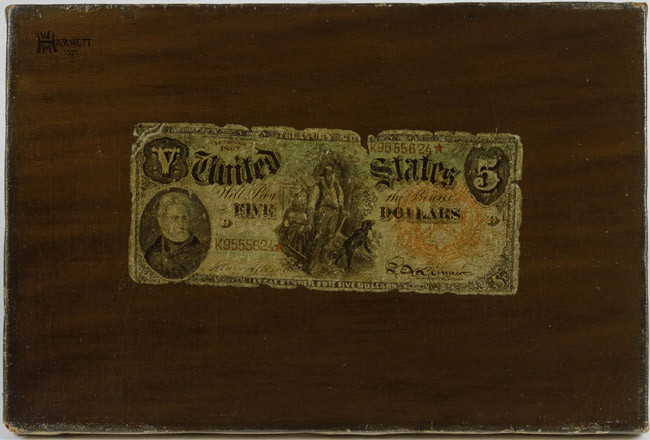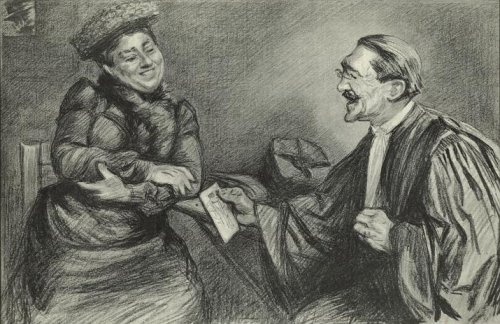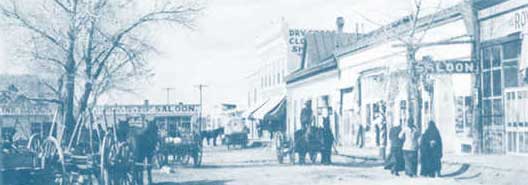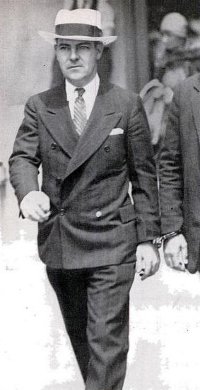In 1629, Joan Norkot of Hertfordshire died in a singularly impossible way:
- “She lay in a composed manner in her bed, the bed cloaths nothing at all disturbed, and her child by her in the bed.”
- “Her throat was cut from ear to ear and her neck broken, and if she first cut her throat she could not break her neck in the bed, nor e contra.”
- “There was no blood in the bed saving that there was a tincture of blood upon the bolster whereupon her head lay, but no other substance of blood at all.”
- “From the bed’s head there was a stream of blood on the floor, till it ponded on the bending of the floor to a very great quantity, and there was also another stream of blood on the floor at the bed’s feet, which ponded also on the floor to another great quantity, but no continuance or communication of blood of either of these two places, the one from the other, neither upon the bed, so that she bled in two places severally, and it was deposed that turning up the matte of the bed there were clotts of congealed blood in the straw of the matte underneath.”
- “The bloody knife in the morning was found sticking in the floor a good distance from the bed, but the point of the knife as it stuck in the floor was towards the bed and the haft towards the door.”
- “Lastly, there was the print of a thumb and four fingers of a left hand on the dead person’s left hand.”
No one had entered the house since she had gone to bed, and Joan’s sister Agnes and her husband, John Okeman, had lain in the outer room together with John’s mother, Mary. John was acquitted and his pregnant wife permitted to live, but Joan’s husband Arthur and her mother-in-law, each protesting their innocence, were hanged.
This account was found among the papers of Sir John Maynard, who died in 1690. When it was published in The Gentleman’s Magazine in July 1851, it made a sensation chiefly because it reported that Joan’s month-old corpse had been exhumed and itself accused the killers. “The appellers did touch the dead body, whereupon the brow of the dead, which was of a livid or carrion colour (that was the verbal expression in the terms of the witness) began to have a dew or gentle sweat [which] ran down in drops on the face, and the brow turned and changed to a lively and fresh colour, and the dead opened one of her eyes and shut it again, and this opening the eye was done three several times. She likewise thrust out the ring or marriage finger three times and pulled it in again, and the finger dropt blood from it on the grass.” But setting that aside, it’s hard to understand what happened to Joan. No motive was adduced in the murder, and no one has explained how it was accomplished. Who killed her, and how?








